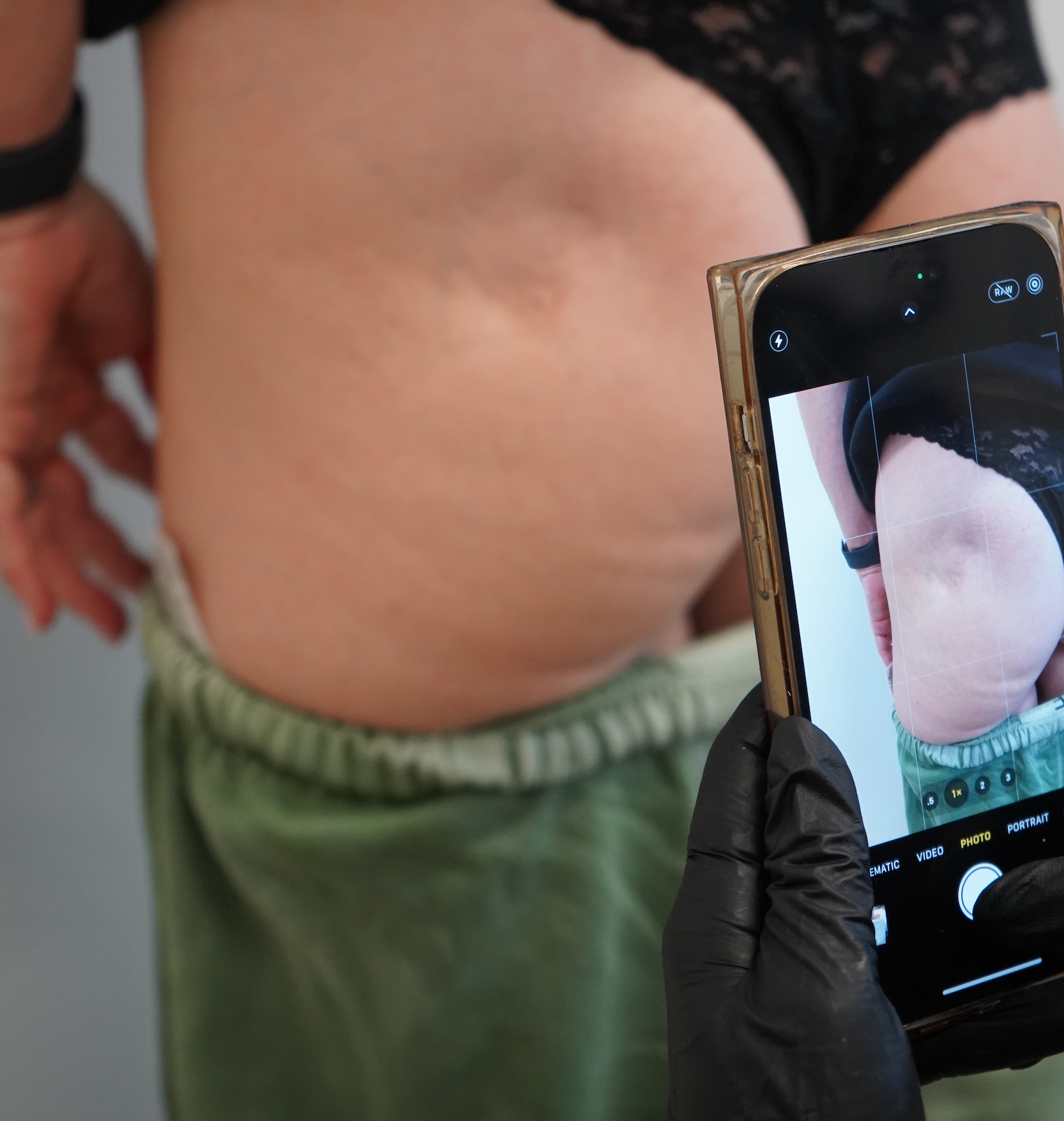As a leading med spa in Fresno, CA, Revay Aesthetics is all about transparency and real results. One of my biggest pet peeves in the aesthetics industry is the misleading use of before-and-after photos. With the rise of Facetune, filters, and photo editing apps, it’s becoming increasingly difficult to trust what you see online.
Let’s break down some common tricks used in these photos and how to spot them.
-
Inconsistent Lighting or Backgrounds
Lighting can dramatically affect how a person looks in photos. Harsh lighting emphasizes shadows and hollows, making the "before" look worse, while softer lighting smooths out features for a more flattering "after." Whether the lighting is soft or harsh, make sure it’s consistent across both images. Even subtle differences can create a misleading transformation. If the lighting varies too much, the results you’re seeing might be exaggerated.
-
Makeup and Filters
Makeup can completely change the appearance of certain features—especially around the lips. A sharp, defined lip border is often enhanced by makeup, creating the illusion of fuller, perfectly contoured lips in the "after" photo. Filters, on the other hand, can soften skin texture, blur imperfections, and make results look more flawless than they actually are. Always be wary of overly smooth skin in the "after" image—it could be a filter, not a real result.
-
Head Positioning Tricks
Head positioning can alter the appearance of facial features significantly. Two common tricks I see often are:
- Projecting the head forward to define the jawline and make it look more sculpted.
- Tilting the head up to make the lips look larger.
These slight changes can make a huge difference in the final result. Be mindful of whether the patient's head is positioned the same way in both the "before" and "after" images.
-
Camera Lens Distortion
This one’s tricky, but it’s worth understanding. Different camera lenses can change the proportions of the face. For example, an iPhone photo taken up close tends to make the face look narrower, with the center appearing larger than the edges. Meanwhile, a traditional camera with a wider lens gives a more balanced and natural perspective. So if the "before" and "after" photos were taken with different cameras or at different distances, the transformation might not be as dramatic as it seems.
-
Varying Facial Expressions
Expressions make a big difference. Ideally, before-and-after photos should show the patient’s face at rest. However, I often see "before" photos where the person is smiling, exaggerating wrinkles like crow's feet or smile lines, while the "after" photo shows a neutral expression. This gives the illusion of a more drastic improvement than what might actually be achieved.
-
Extreme Changes: Is It Even the Same Person?
Surgery can deliver impressive results, but sometimes the "after" looks like a completely different person—and that’s because, well, it might be! Dramatic transformations can be exciting, but be realistic about what’s achievable. Just because a practitioner claims to deliver miraculous changes doesn’t mean the results will translate into real life.
Final Thoughts: Be Informed and Ask Questions
The allure of a jaw-dropping transformation is strong, but it’s essential to be cautious. Before you decide on a treatment, ask your practitioner to show you unedited, realistic before-and-after photos. At Revay Aesthetics, we prioritize transparency and want to help you achieve the results that make you feel your best—without misleading expectations.
Stay safe, stay informed, and always ask questions when considering any treatment!

